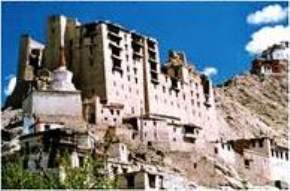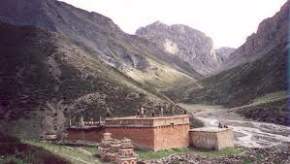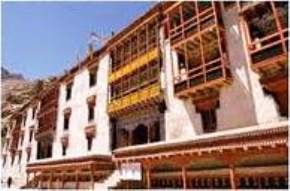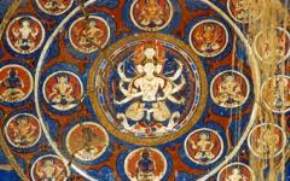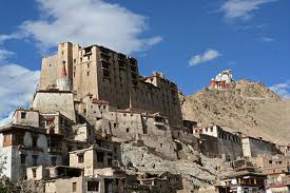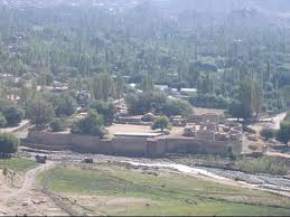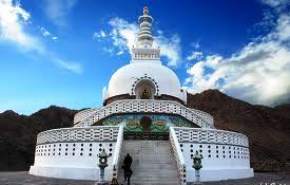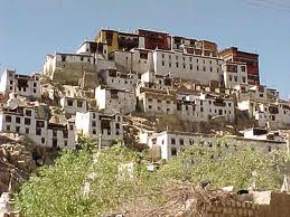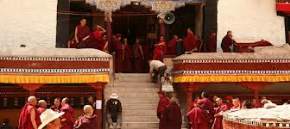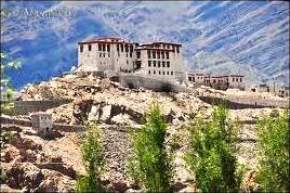History of Ladakh
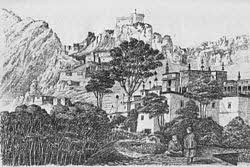
The earliest people who inhabited the region of Ladakh were nomadic yak herders. In the 4th century, the people basically the Buddhist pilgrims coming from India permanently settled their communities along the Indus in Tibet and gave birth to the dominance of Buddhist religion in the region. Later in the 9th century, the Buddhist king of Ladakh extended its kingdom from Kashmir to Tibet and constructed several monasteries and forts. In the 14th century, one of the Tibetan pilgrims named Tsongkhapa introduced the Gelukpa philosophy in the valley which soon became the important philosophy of the region.
Ladakh then faced the periodical attacks of Muslims in the 16th century but in the 17th century, the region came under the influence of King Singge Namgyal who established the new capital of Leh. Again in 1846, the region finally was annexed to the Dogra Kings of Jammu. In 1995, the Ladakh Autonomous Hill Development Council was formed by the Indian Government which declared Ladakh as a Union Territory having some of the administrative and financial powers of its own.

